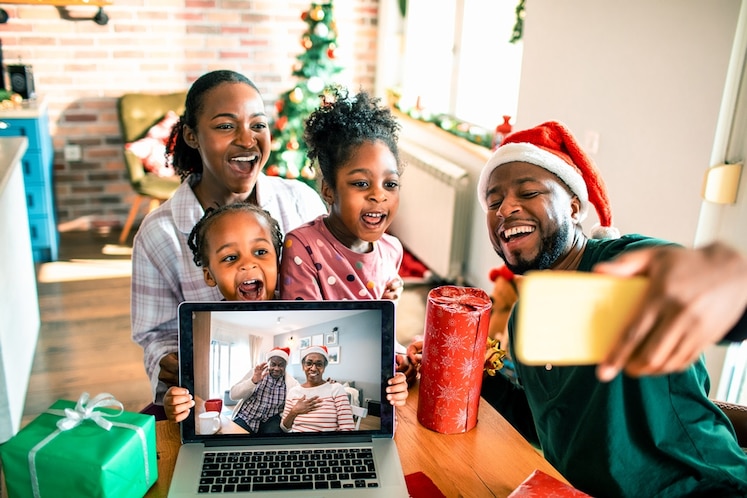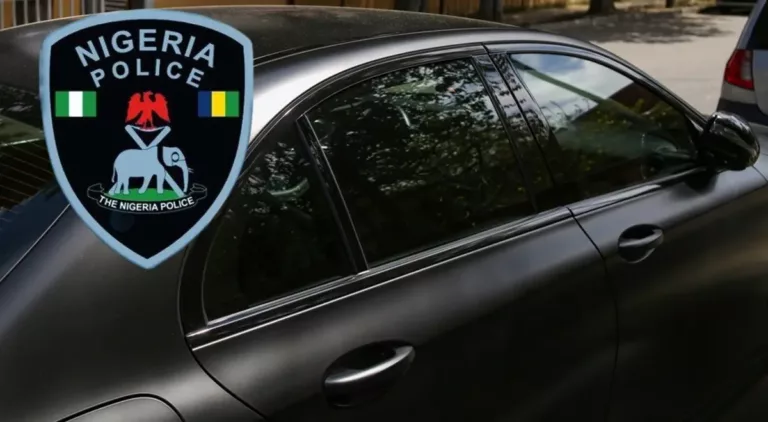The concept of genius has fascinated humanity for centuries, inspiring awe and curiosity across cultures and eras. From the brushstrokes of Vincent van Gogh to the revolutionary scientific musings of Albert Einstein, creative genius manifests in myriad forms, each as enigmatic as the next. These individuals push the boundaries of what is known and possible, offering glimpses into the extraordinary capabilities of the human mind. Several historical accounts and contemporary studies alike strive to unravel the mysteries behind their exceptional talents, exploring how their remarkable abilities arise and why they appear so infrequently.
To avoid getting caught up in the web of many trying hard to figure out how these individuals were able to access realms people never thought existed, we should be able to answer two questions. What drives these extraordinary individuals? How do their minds operate differently from the average person’s? To answer these questions, we must consider the complex interplay of biology, psychology, and environmental influences that shape the minds of visionary artists and innovators. The unique neurological patterns, heightened cognitive functions, and distinctive personality traits often observed in geniuses provide fascinating insights into their creative processes.
The Biological Basis of Genius
Neuroscientific research suggests that the brains of creative geniuses may be wired differently, offering insights into the neurological underpinnings of exceptional creativity. Functional magnetic resonance imaging (fMRI) studies have revealed unique patterns of brain connectivity in highly creative individuals. These patterns often involve enhanced communication between the brain’s hemispheres, allowing for the integration of disparate information and fostering novel connections. Also, heightened activity in regions associated with divergent thinking, such as the prefrontal cortex and the default mode network, is frequently observed. The prefrontal cortex is crucial for complex decision-making and problem-solving, while the default mode network is linked to spontaneous thinking and imagination. This enhanced connectivity and activity suggest that creative geniuses possess a neurological foundation that supports their ability to think outside the box and generate innovative ideas.
Genetic factors also play a significant role in shaping the cognitive abilities and creative capacities of individuals. Studies indicate that certain genetic variations can influence not only cognitive abilities but also creativity and personality traits linked to innovative thinking. For instance, the presence of the DRD2 gene, which is associated with dopamine regulation, has been linked to heightened creativity and cognitive flexibility. Dopamine is a neurotransmitter that plays a crucial role in reward-motivated behavior, learning, and emotional responses. Variations in genes related to dopamine function can affect the brain’s reward pathways and motivational processes, potentially fostering a greater propensity for creative thought and exploration. These genetic influences underscore the complex interplay between biology and creativity, highlighting how innate factors can contribute to the emergence of genius.

The Psychological Traits
Beyond biology, the psychological traits of creative geniuses are equally compelling, offering more insights into what sets these individuals apart. One of the most prominent traits is high levels of openness to experience. This personality trait is characterized by a profound curiosity, vivid imagination, and a willingness to explore new ideas and unconventional paths. Openness to experience fosters an environment where innovative thinking can thrive, as these individuals are more likely to seek out novel experiences, engage with diverse perspectives, and integrate seemingly unrelated concepts into groundbreaking ideas. This cognitive flexibility allows them to break free from traditional modes of thought, paving the way for unique and original contributions to their fields. For example, the eclectic interests and interdisciplinary approach of Leonardo da Vinci exemplify how openness to experience can lead to extraordinary creative achievements.
Additionally, many creative geniuses display a remarkable tolerance for ambiguity and a capacity for deep, focused work, often referred to as “flow.” Flow is a state of intense concentration and immersion in a task, where individuals become fully absorbed in their work, losing track of time and external distractions. This state of flow enables them to delve deeply into complex problems, sustain
Environmental Influences
While innate factors are crucial, the environment in which a person is nurtured also significantly impacts their creative potential. Early exposure to diverse experiences, supportive mentors, and intellectual challenges can all contribute to the development of creative genius. A stimulating environment that encourages exploration and experimentation can ignite curiosity and encourage a passion for learning. For instance, young artists and scientists who are given the freedom to pursue their interests and are exposed to a variety of cultural, scientific, and artistic influences often develop a broad knowledge base and a unique perspective. The presence of mentors who provide guidance, encouragement, and constructive feedback is also pivotal. These mentors can inspire confidence, model problem-solving skills, and introduce their protégés to new ways of thinking. Together, these environmental factors create a nurturing ecosystem that cultivates and enhances creative capacities.
Many renowned geniuses emerged during periods of great intellectual and cultural ferment, such as the Renaissance or the Scientific Revolution. These epochs provided fertile ground for creative minds to flourish, offering both inspiration and the means to realize their visions. The Renaissance, with its revival of classical knowledge and emphasis on human potential, saw a flourishing of art, literature, and science, producing figures like Leonardo da Vinci and Michelangelo. Similarly, the Scientific Revolution, with its emphasis on empirical evidence and scientific inquiry, gave rise to geniuses like Isaac Newton and Galileo Galilei. These periods were marked by a confluence of factors, including advancements in technology, the availability of patronage, and a collective cultural shift towards valuing innovation and creativity. The supportive and stimulating environments of these eras allowed geniuses to push boundaries and make groundbreaking contributions to human knowledge and culture.

In contrast, consider the modern-day innovator Elon Musk, whose ventures in space travel, electric vehicles, and artificial intelligence exemplify a similar cross-disciplinary approach to that of historical geniuses like Leonardo da Vinci. Musk’s willingness to tackle seemingly insurmountable challenges—such as revolutionizing space travel with SpaceX, advancing sustainable transportation through Tesla, and exploring neural interfaces with Neuralink—reflects a profound creative drive and visionary mindset. His ability to envision future possibilities and pursue ambitious goals with relentless determination is indicative of the same innovative spirit that fueled da Vinci’s multifaceted endeavors. Both individuals demonstrate how a blend of curiosity, interdisciplinary thinking, and a fearless approach to overcoming obstacles can lead to groundbreaking achievements that push the boundaries of human knowledge and capability.
While science has unraveled many aspects of the creative genius, much remains shrouded in mystery. The interplay between genetic predispositions, psychological traits, and environmental factors is complex and multifaceted. Each creative genius is a unique blend of these elements, defying easy categorization.
Understanding the minds of visionary artists and innovators requires a holistic approach, one that appreciates the nuanced and interdependent nature of their creativity. As research continues to advance, we may one day fully comprehend the enigma of genius, unlocking new ways to nurture and cultivate the creative potential within us all.
SOURCES
- https://thinkers50.com/blog/innovation-leonardo-da-vinci/
- https://www.linkedin.com/pulse/we-creators-created-enigma-creativity-phil-mckinney-cvq7c
- https://www.researchgate.net/publication/373159149_Creativity_and_Arts_in_Digital_Social_Innovation




